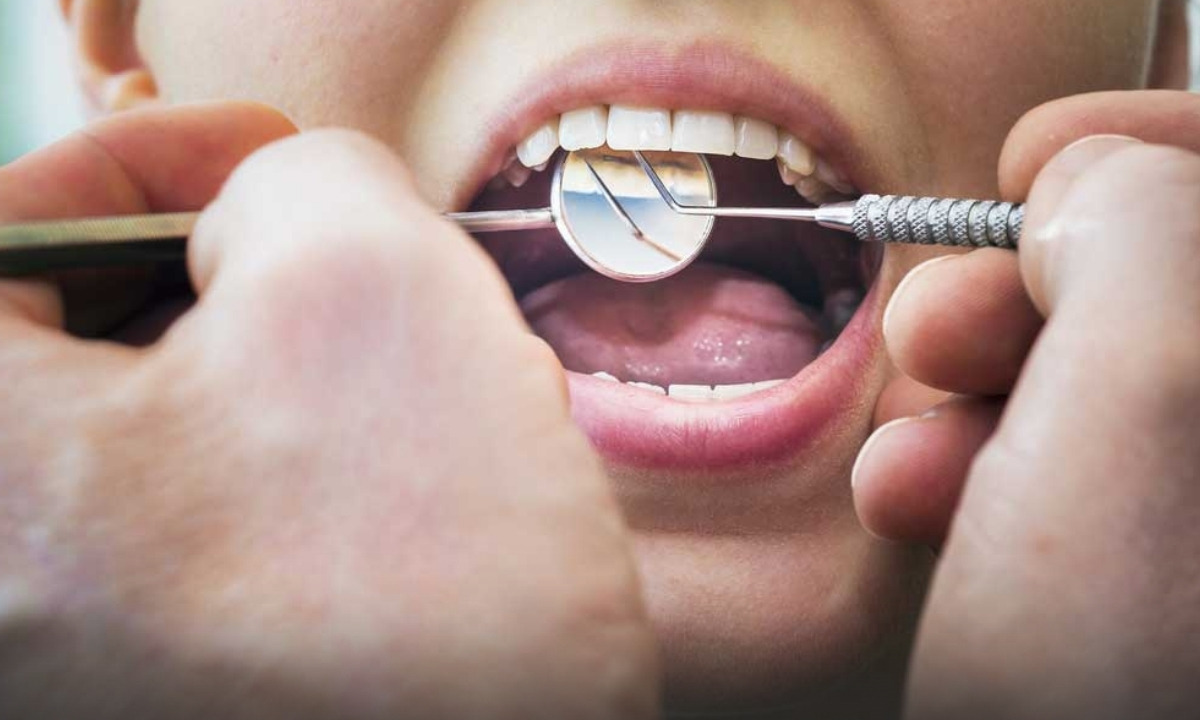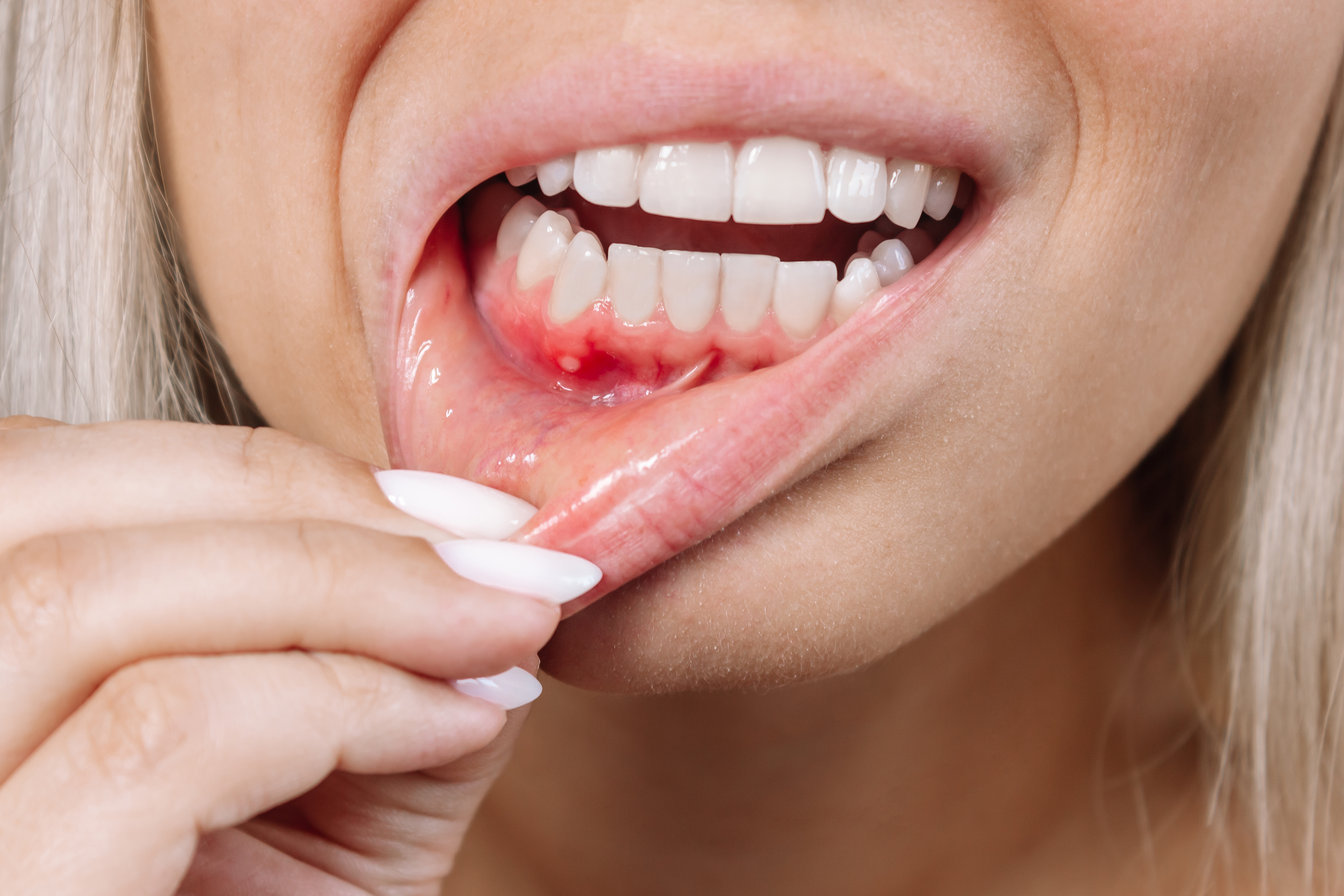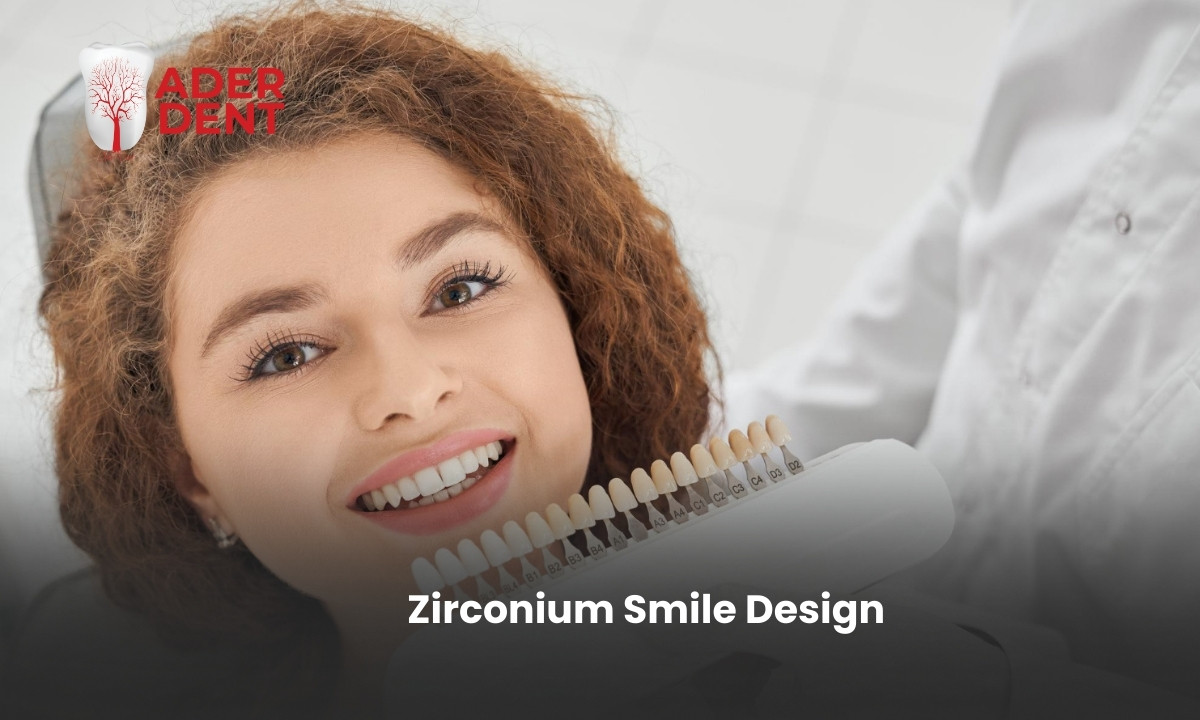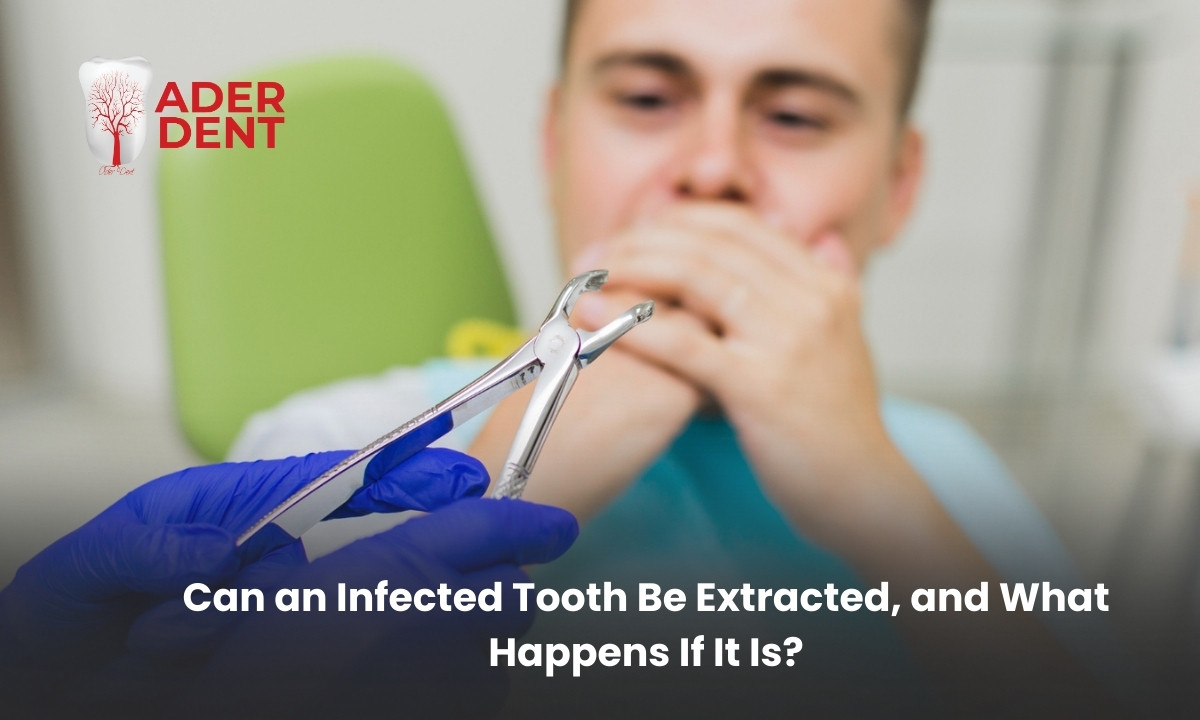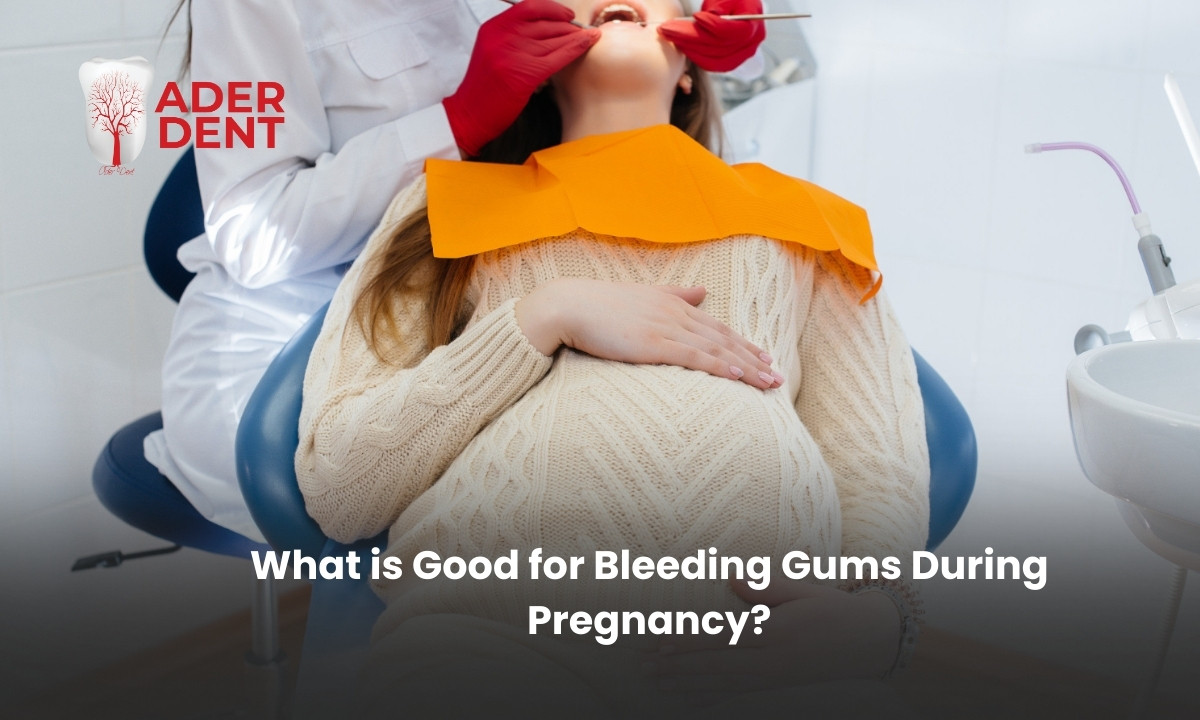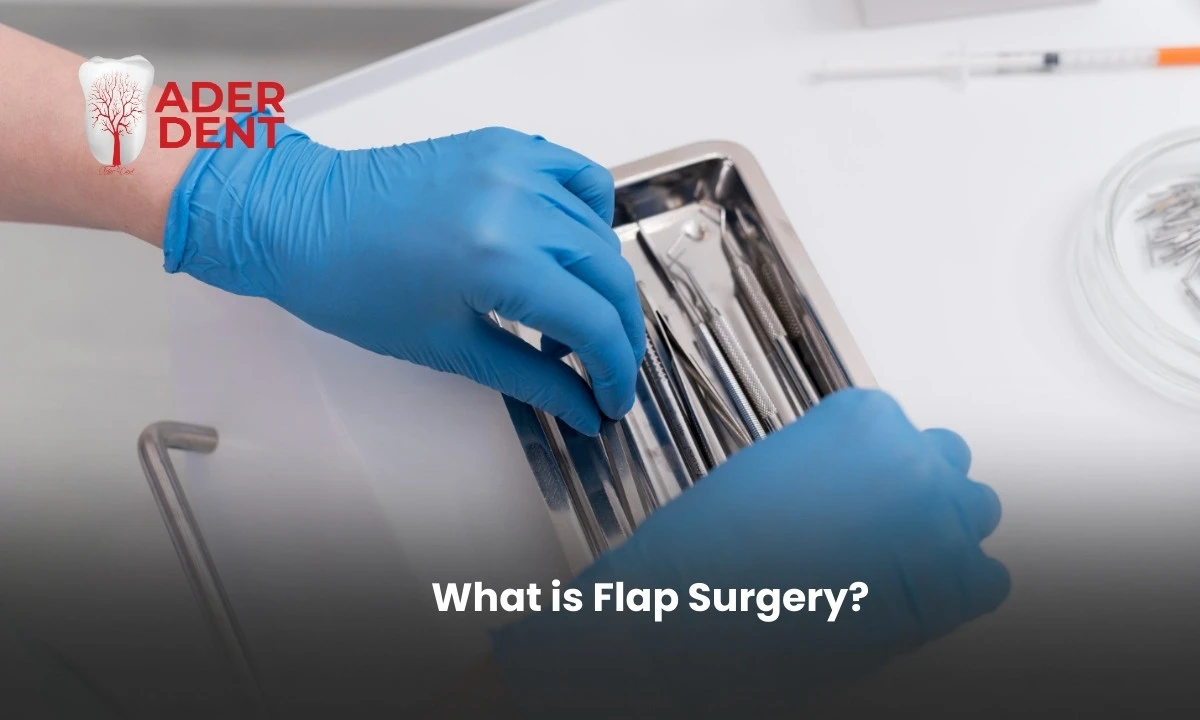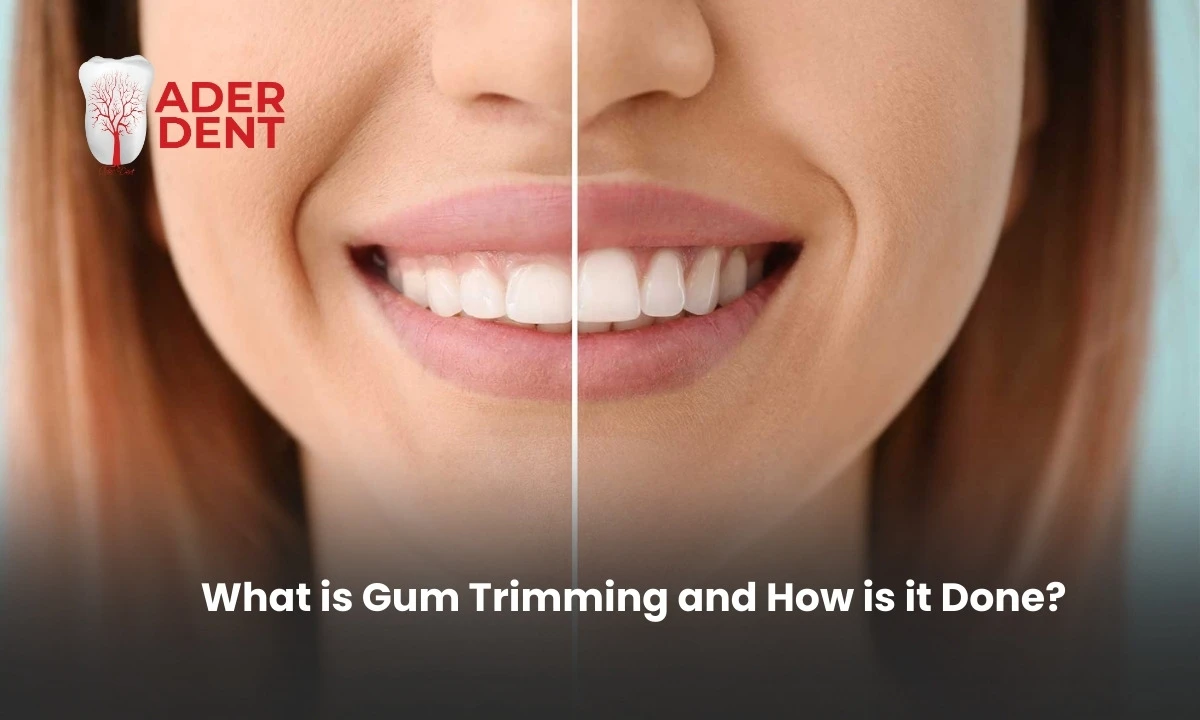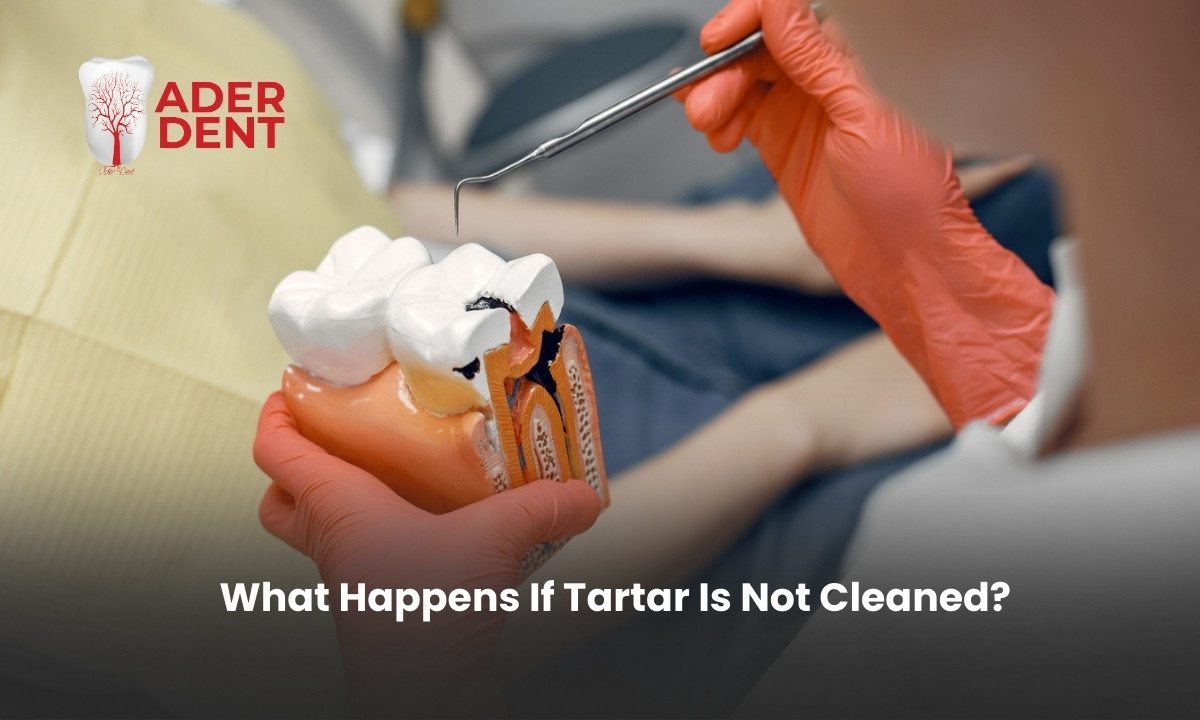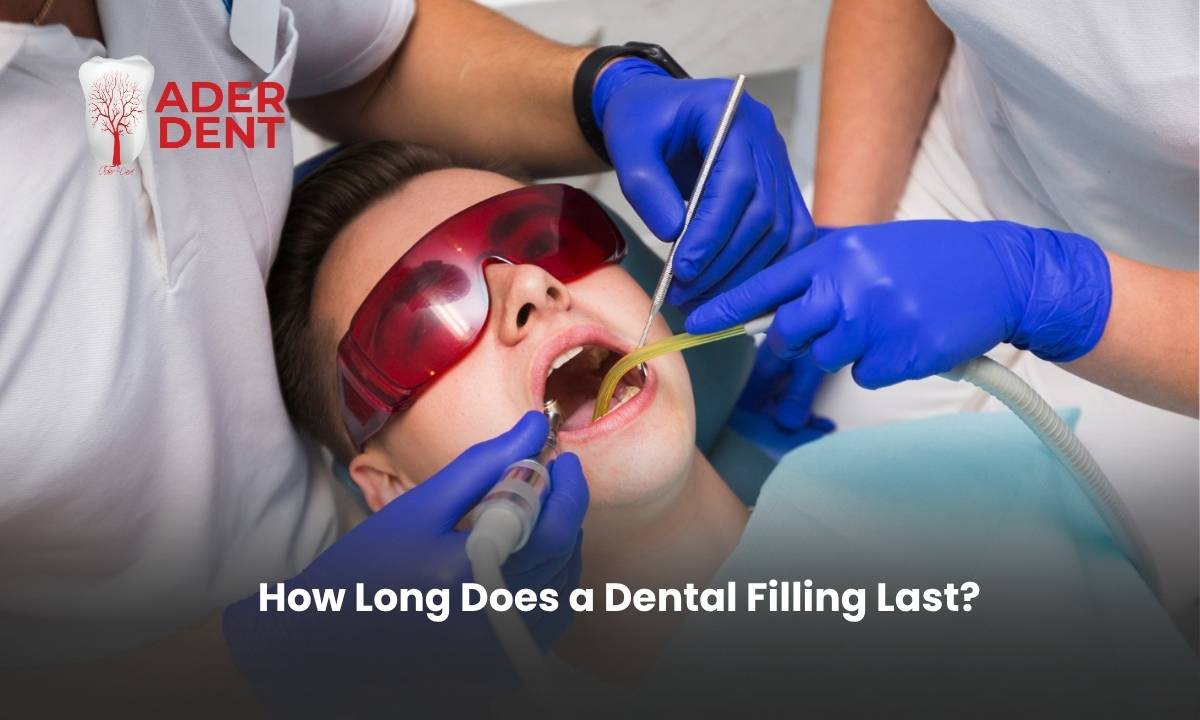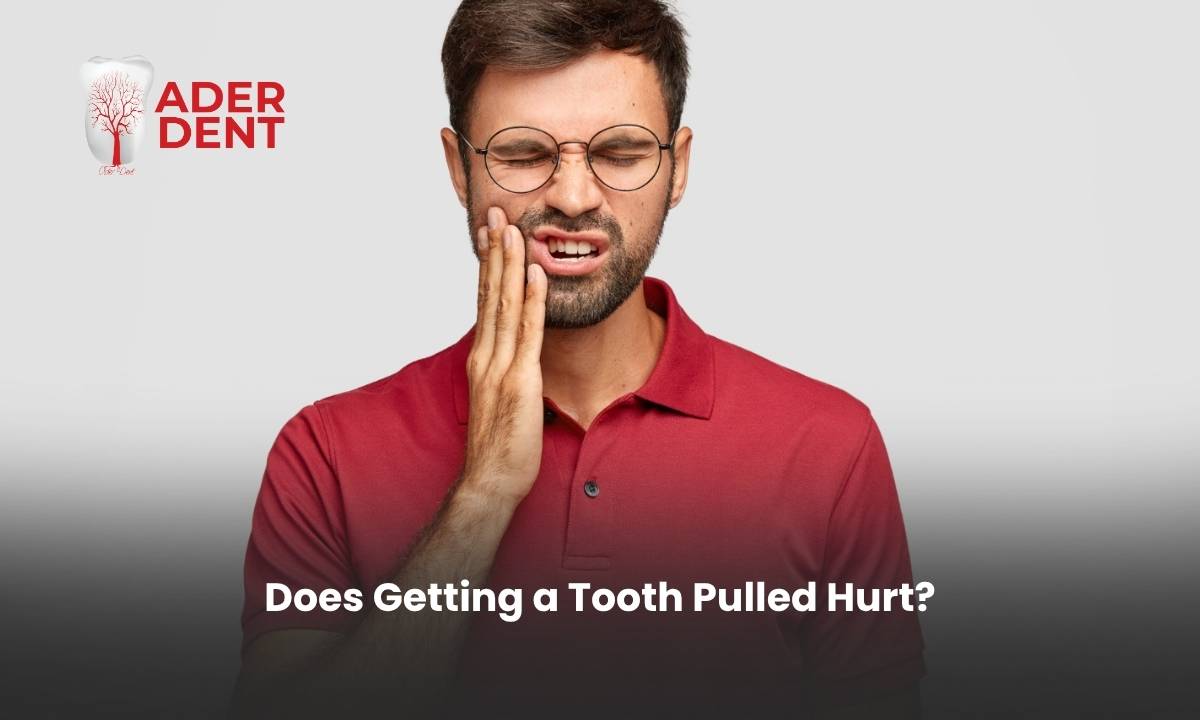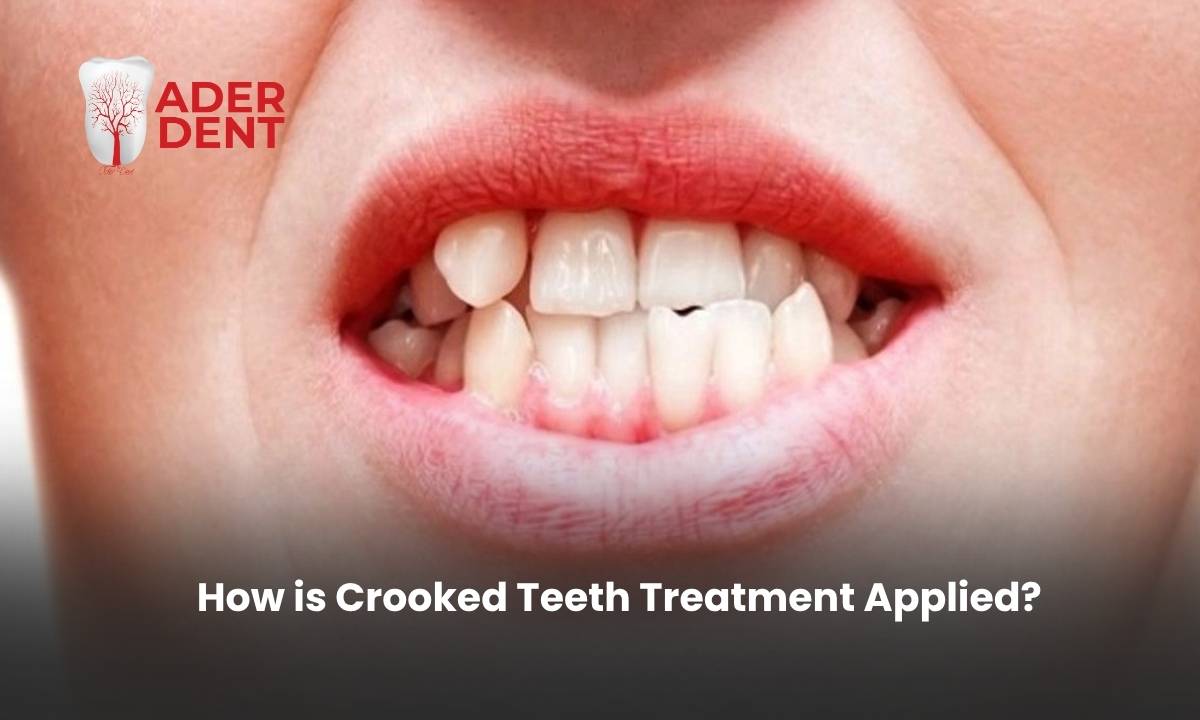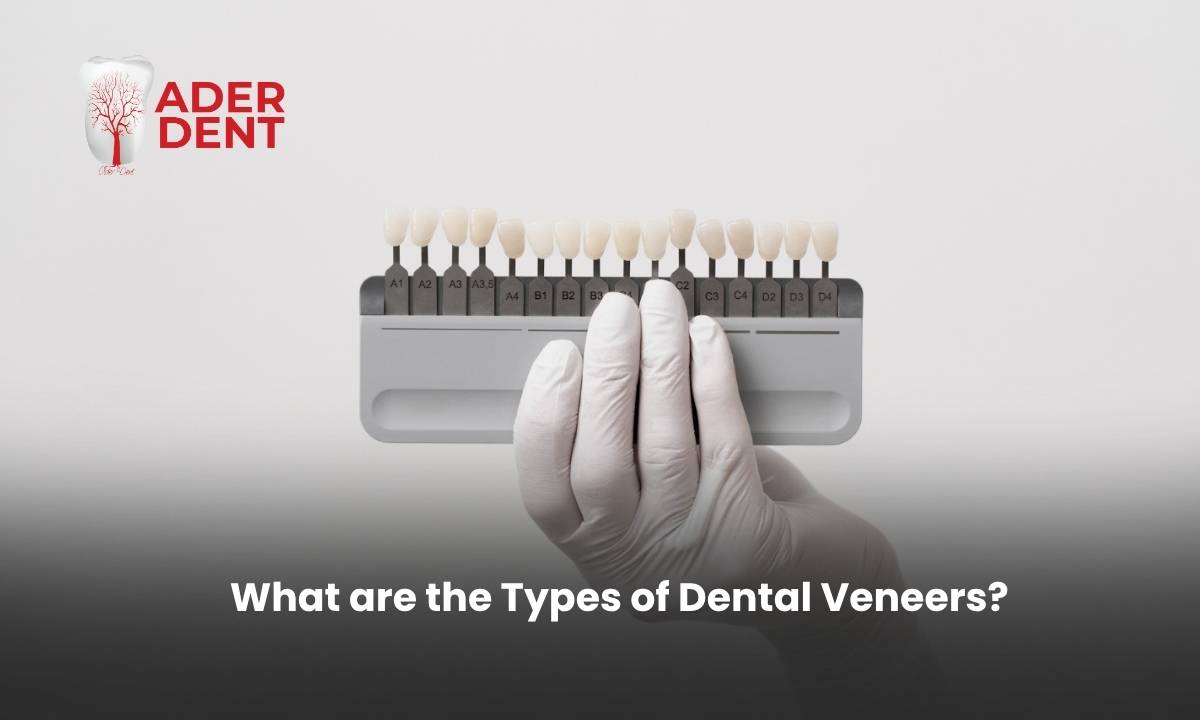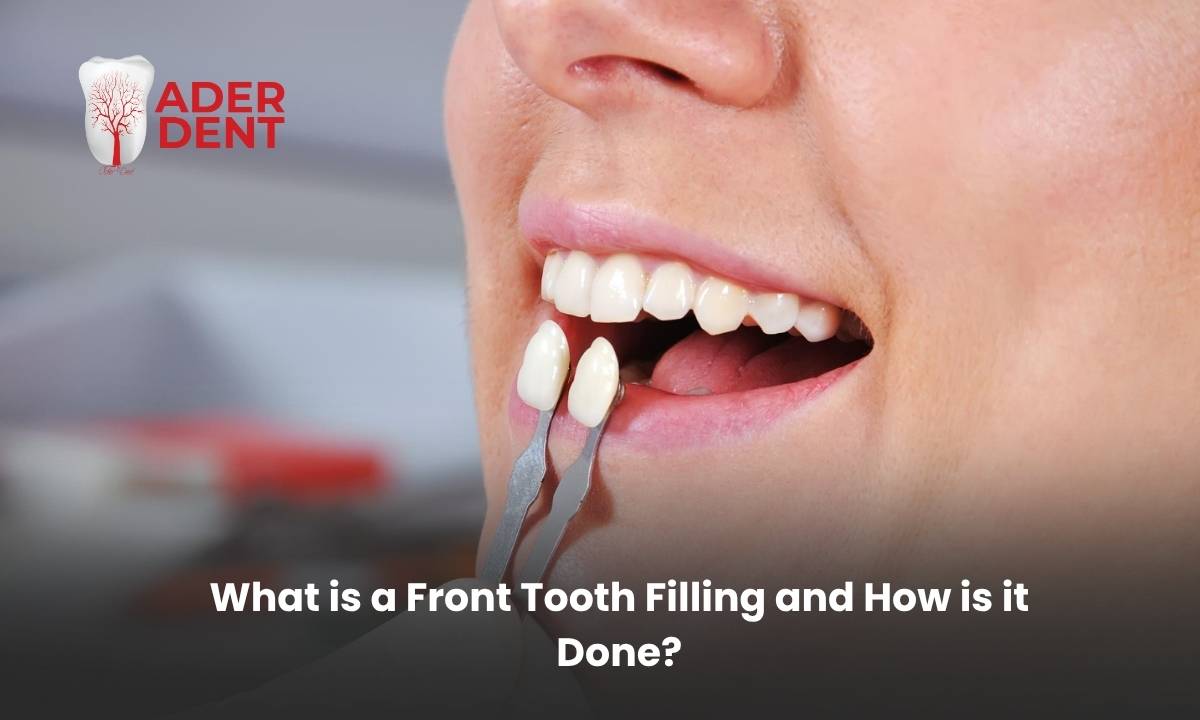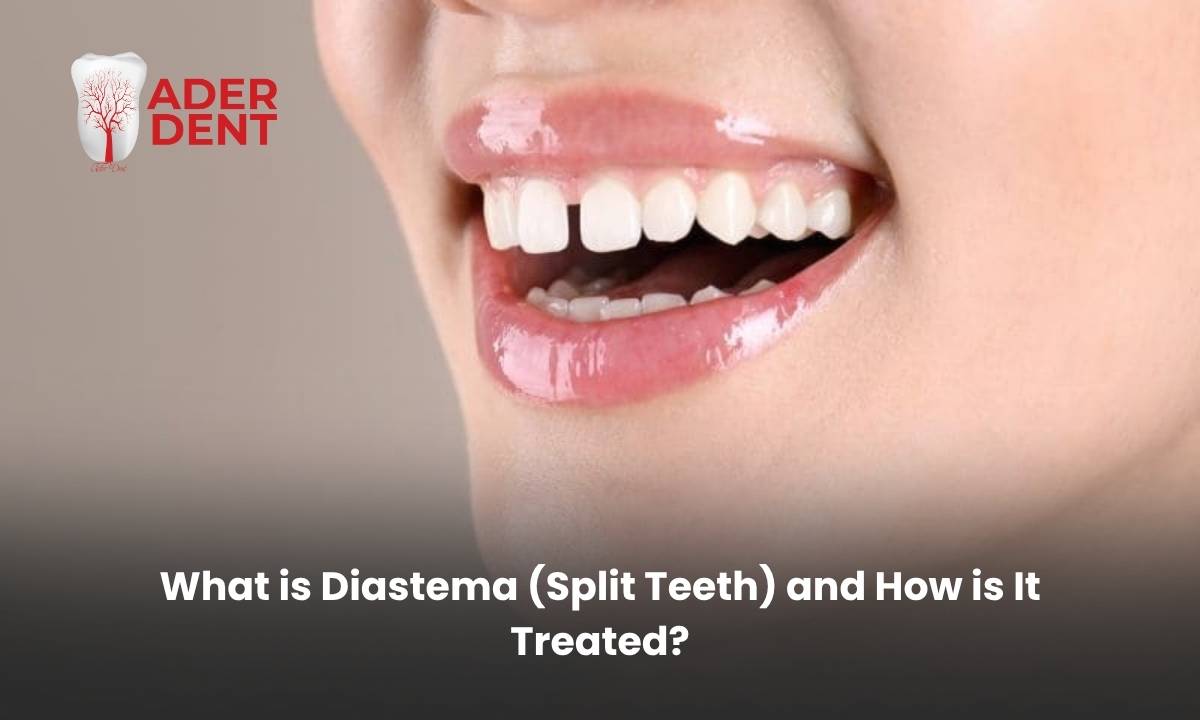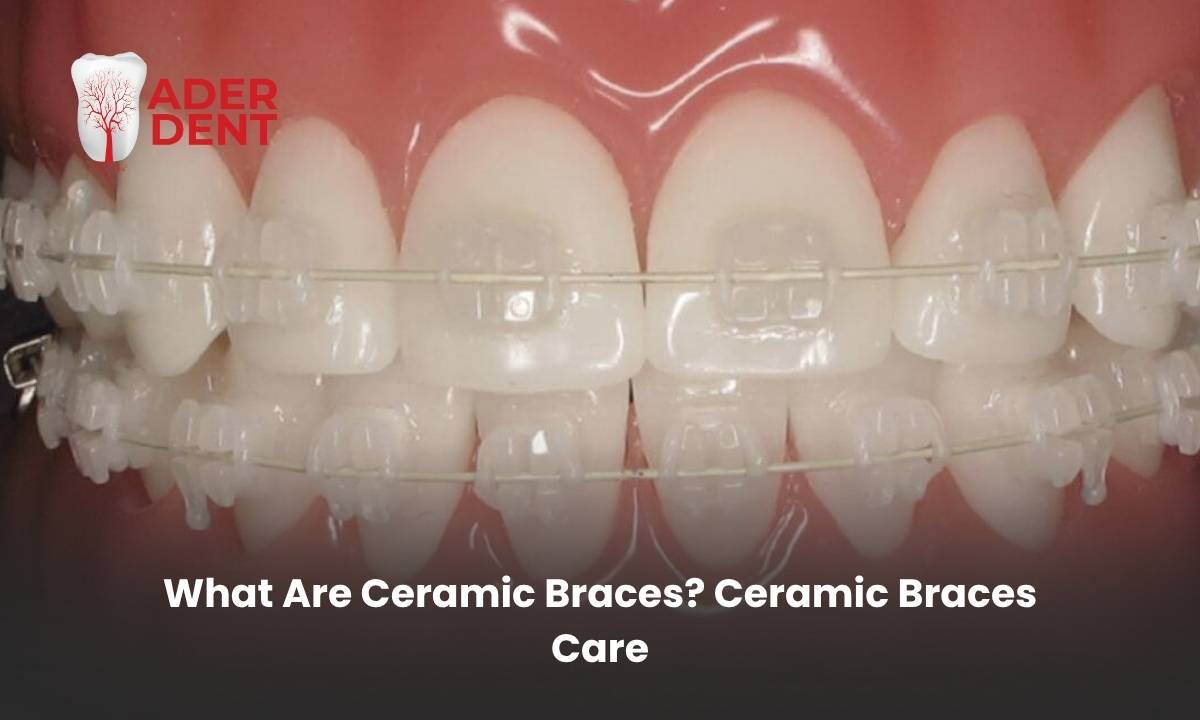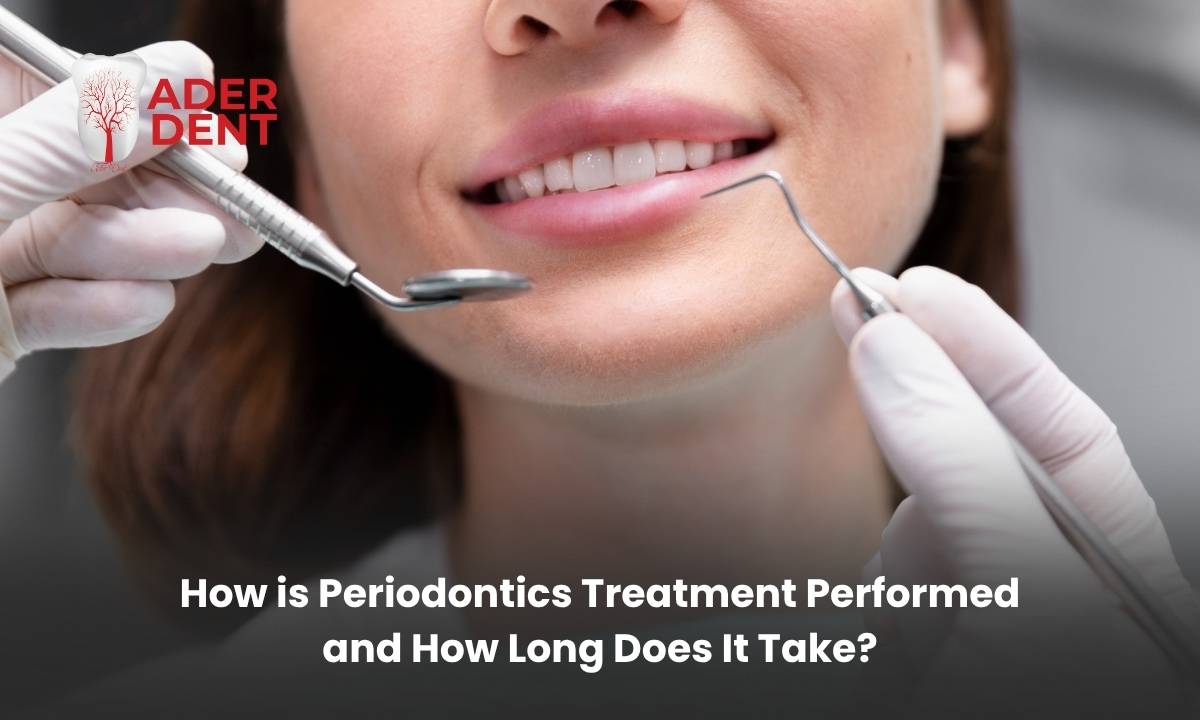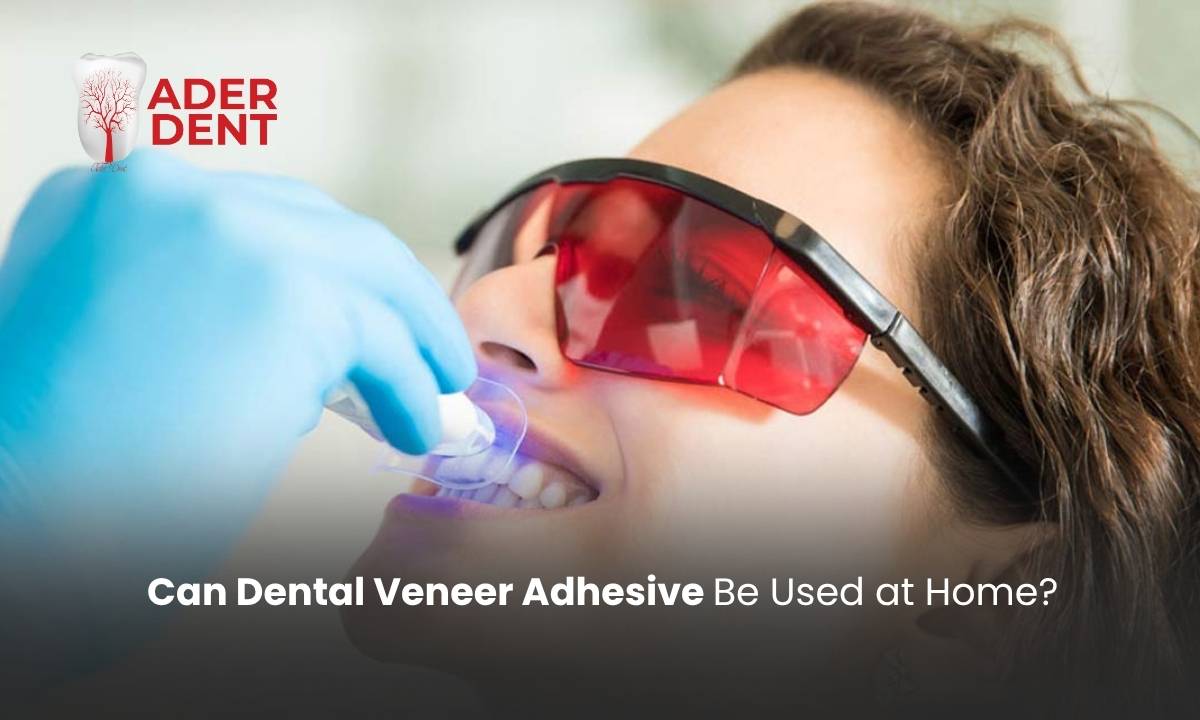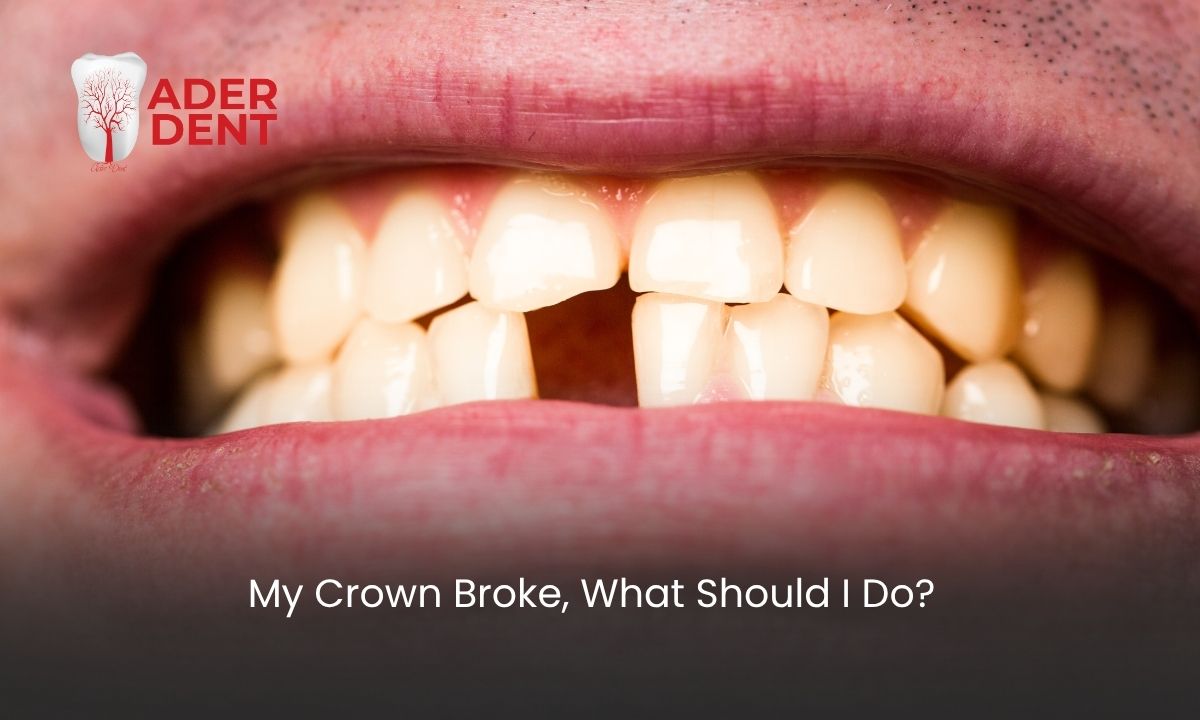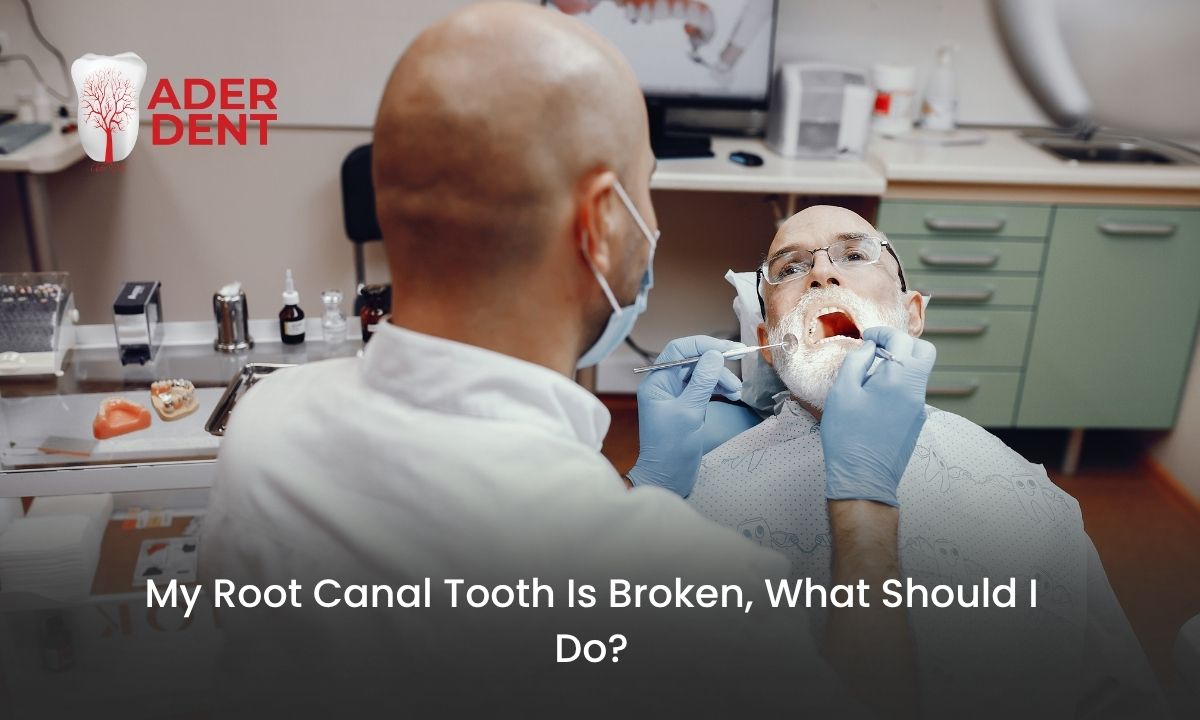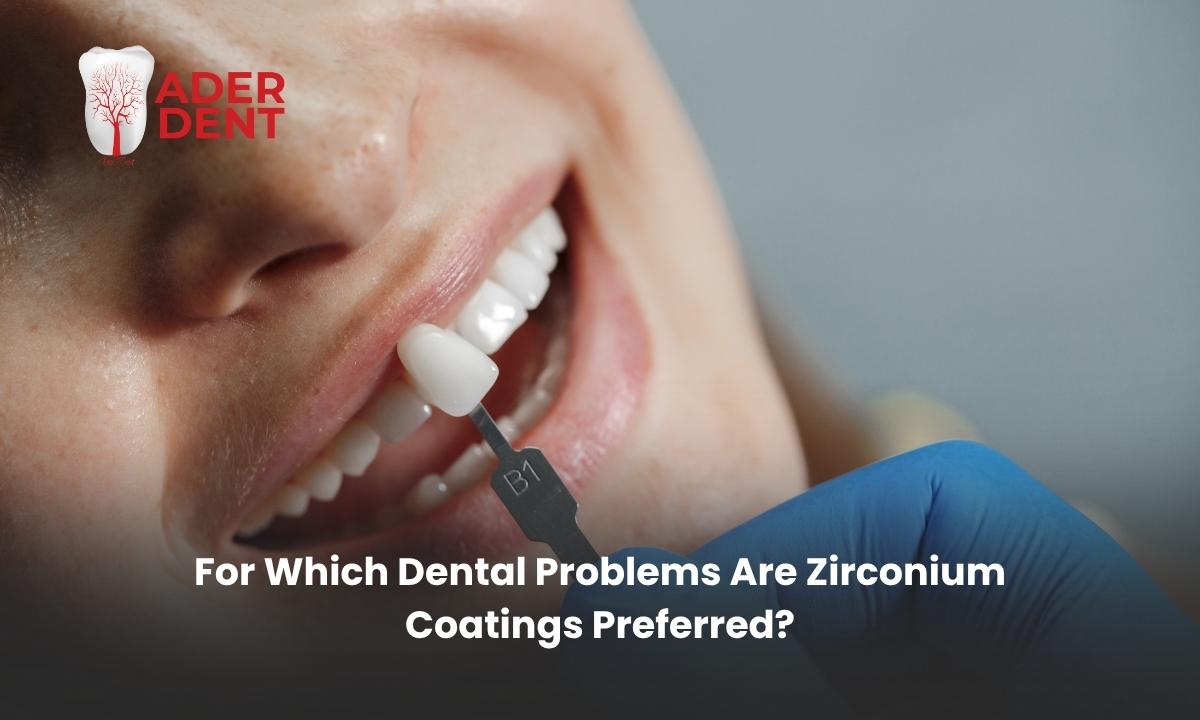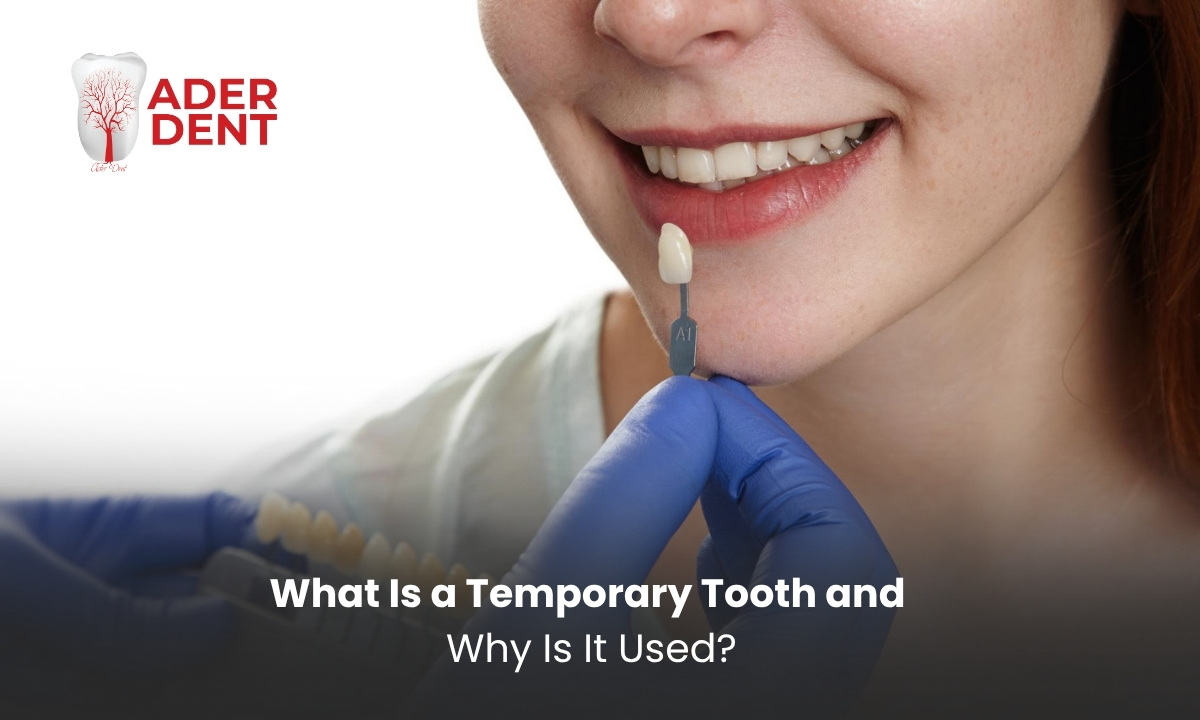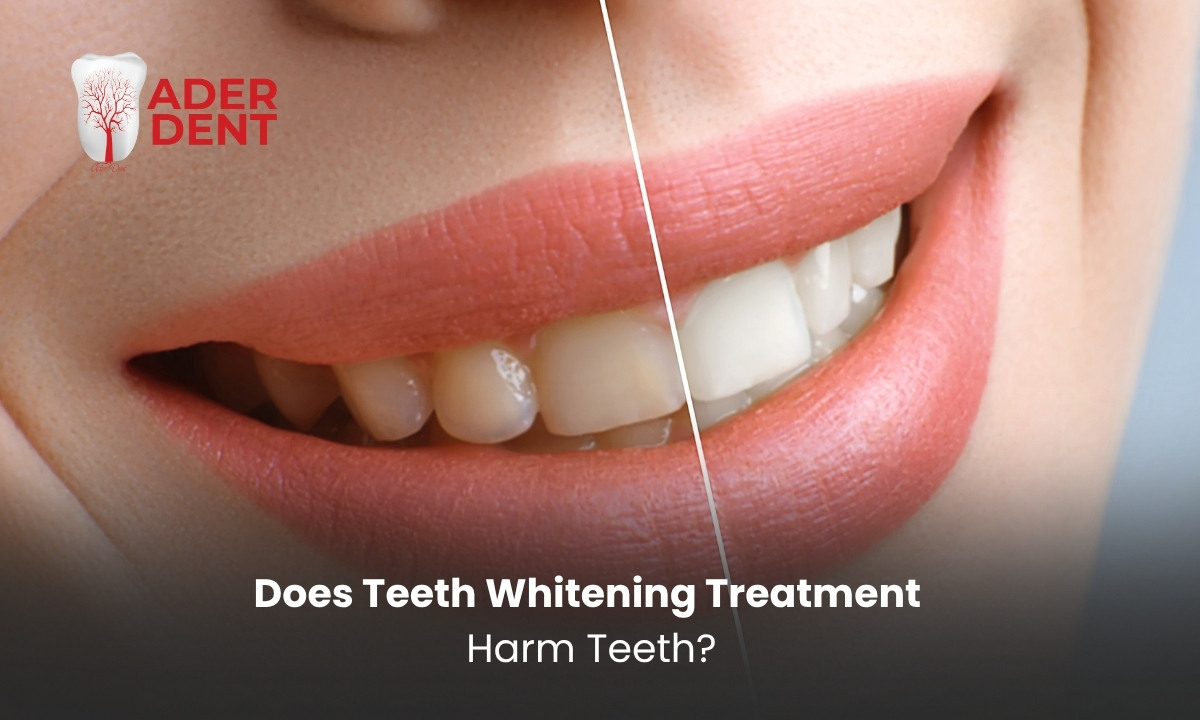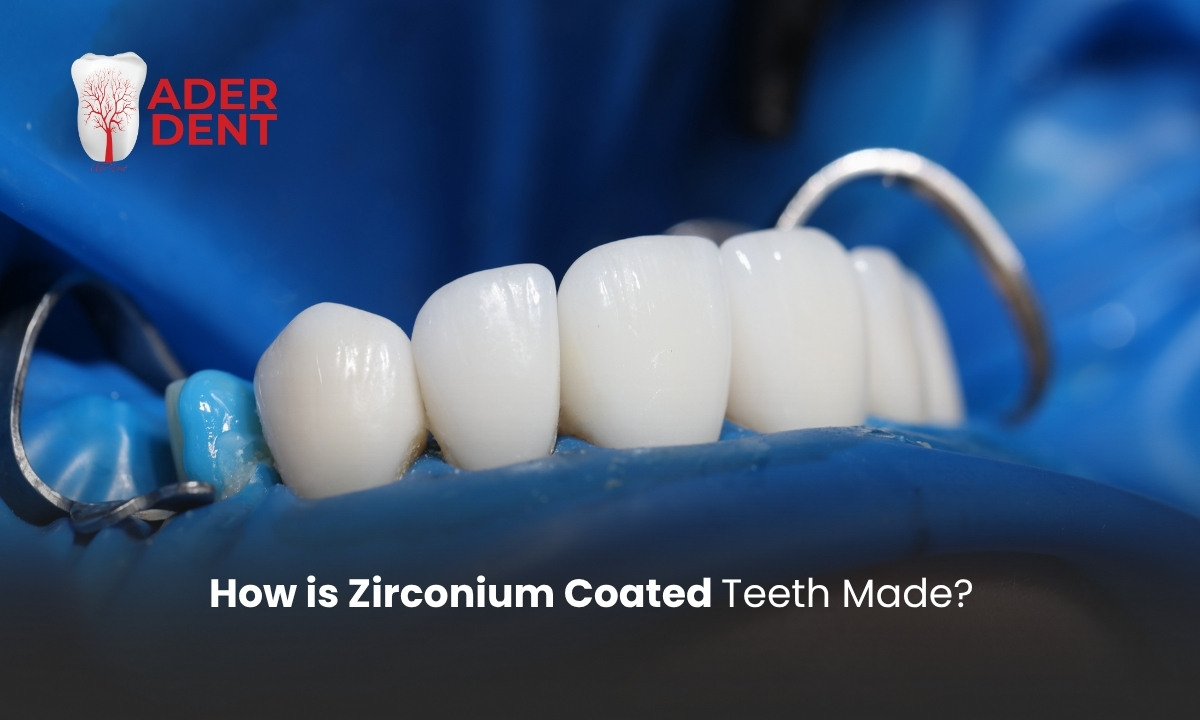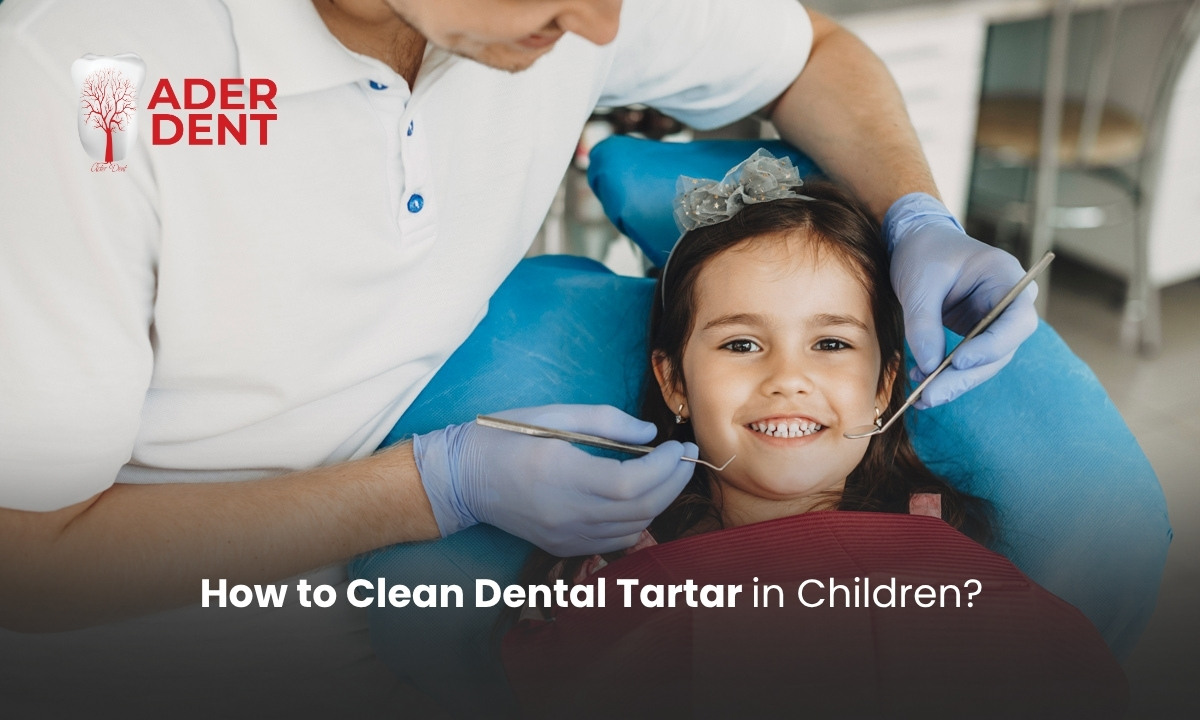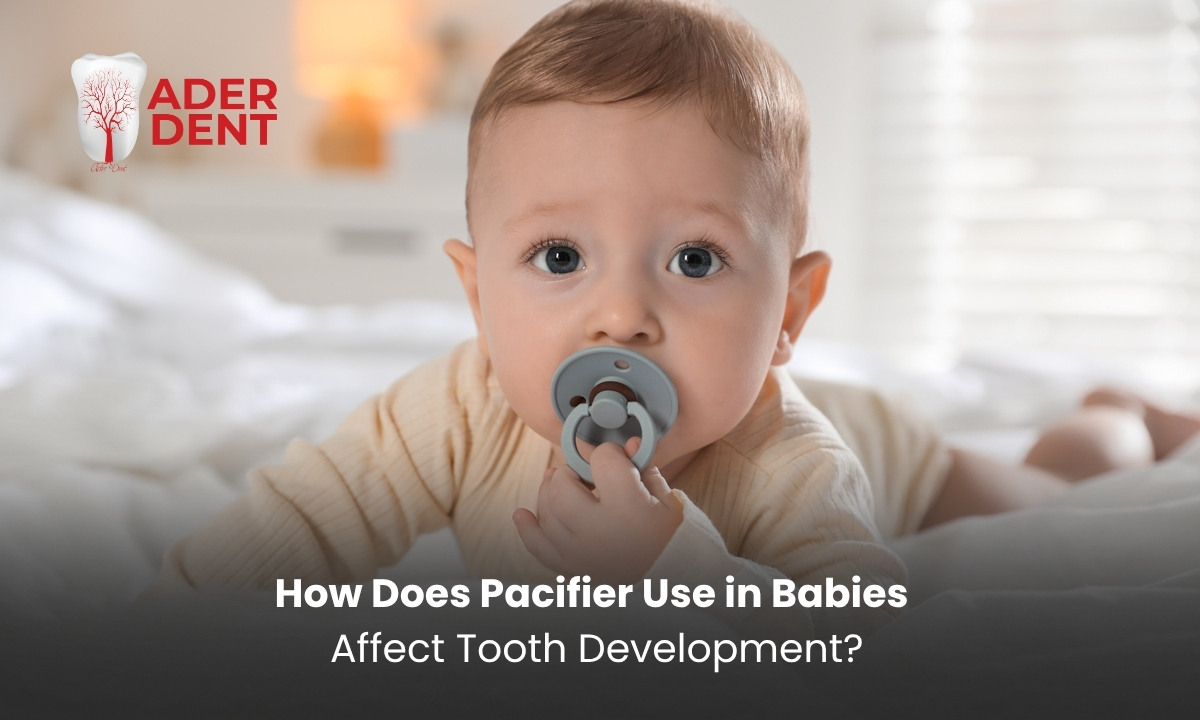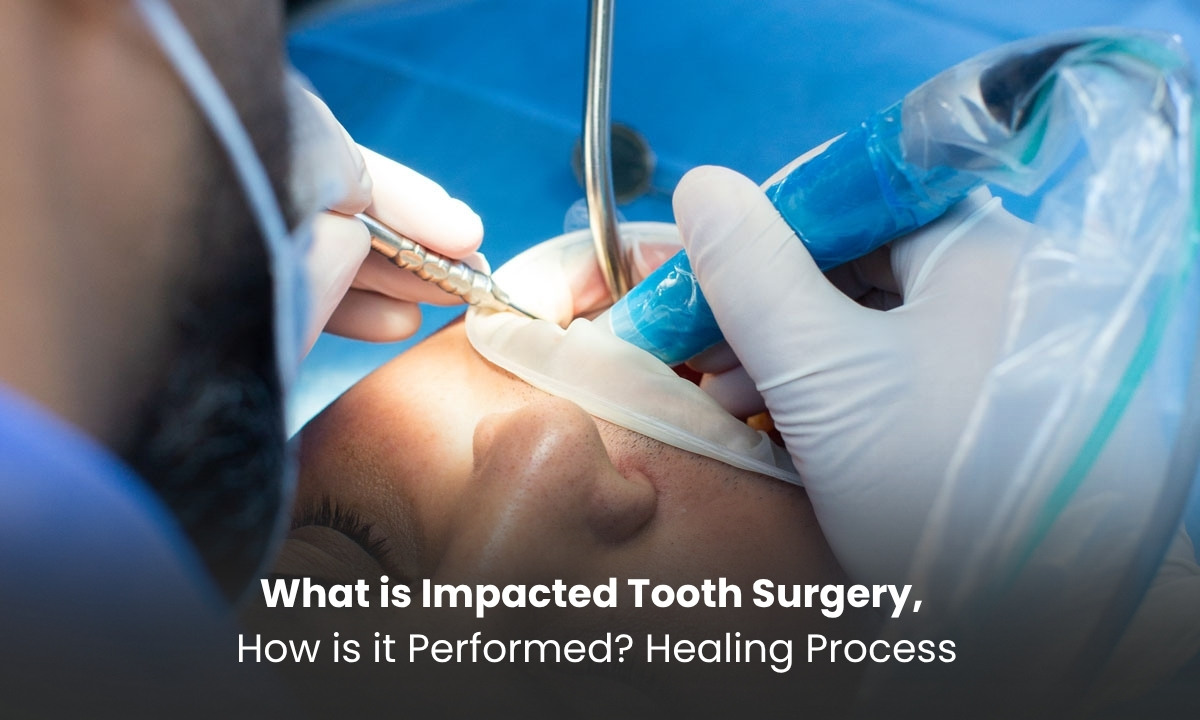
One of the most common oral and dental health issues is impacted teeth. While this condition is most often seen with wisdom teeth, in some individuals, canine or molar teeth can also remain impacted. The failure of a tooth to erupt into its proper position can be due to jaw structure, genetic factors, or insufficient space.
If left untreated, impacted teeth can seriously affect both oral health and overall quality of life. In this article, we will cover everything in detail—from what an impacted tooth is to the surgical removal process and the post-operative recovery period.
What Is an Impacted Tooth?
An impacted tooth is one that remains under the gum or within the jawbone and cannot fully emerge into the oral cavity. These teeth often are not visible and are usually detected during X-ray imaging. The most common type of impacted tooth is the wisdom tooth in the upper and lower jaws. Genetic factors, a narrow jaw, and improper positioning play a role in their development.
Although these teeth may initially be asymptomatic, over time they can cause pain, swelling, jaw locking, difficulty opening the mouth, bad breath, and decay in neighboring teeth. Impacted teeth can also lead to more serious complications such as cyst formation.
What Happens If an Impacted Tooth Is Not Removed?
Impacted teeth can cause serious oral health issues if not treated for a long time. Infection can develop in the gum tissue surrounding the tooth. Recurrent infections can eventually turn into cysts that may spread into the jawbone. Additionally, impacted teeth can put pressure on the roots of adjacent teeth, leading to decay, root resorption, or tooth loss.
Some impacted teeth can cause cysts or tumors to develop within the bone. These lesions can result in bone resorption and deformity. If the cyst is self-resolving, it may shrink on its own. If not, it should be removed within a week. For these reasons, even asymptomatic impacted teeth should be monitored regularly.
How Is Impacted Tooth Surgery Performed?
Impacted tooth surgery begins with local anesthesia to numb the area around the tooth. The surgeon makes an incision in the gum tissue to access the tooth and removes the surrounding bone tissue using special instruments. If the tooth cannot be extracted in one piece, it is sectioned into smaller parts and carefully removed. The surgical site is then sterilized and sutured closed.
The duration of impacted tooth surgery varies depending on the position of the tooth but typically takes about 30–60 minutes. After the procedure, antibiotics and painkillers are prescribed, and cold compresses are recommended. Stitches are usually removed within 7–10 days.
How Long Does Impacted Wisdom Tooth Surgery Take?
Impacted tooth surgery generally takes about 30 to 60 minutes. If the tooth is tightly lodged in the jawbone or must be removed in pieces, this duration can be longer. If multiple wisdom teeth are being removed in the same session, the procedure time will naturally increase.
More important than the length of surgery is the recovery period. The first 24 hours are critical. During this time, swelling, mild pain, and slight bleeding are common. With proper care, most patients can return to their normal daily activities within a week.
When Are Stitches Removed After Impacted Tooth Surgery?
The stitches placed after impacted tooth surgery are usually self-dissolving, but in some cases, they need to be removed manually. Stitches help the wound heal without infection and generally close within 7–10 days. During this time, the area should be kept clean, hard foods should be avoided, and proper oral hygiene should be maintained.
If you experience severe pain, swelling, or discharge around the stitches, you should contact your dentist immediately. If the stitches do need to be removed, the procedure is typically quick and painless.
How Long Does Pain Last After Impacted Wisdom Tooth Removal?
After impacted tooth surgery, pain is usually most intense in the first 2–3 days. Applying ice packs, taking prescribed medication, and resting help ease this discomfort. For most patients, the pain subsides completely within 5–7 days. However, depending on the extent of surgical trauma, this period may be longer. If the pain persists for more than 10 days or increases over time, an infection or a condition called “dry socket” may have developed. In such cases, we recommend seeking support from your dentist or Pendik dental clinic.
What Should Be Considered After Impacted Tooth Surgery?
Post-operative care is essential for recovery after impacted tooth surgery. For the first 24 hours, you should avoid rinsing your mouth, spitting, or applying pressure to the surgical area. Avoid eating or drinking for the first 2 hours, and afterward, consume only soft and lukewarm foods.
To stop bleeding, bite down firmly on gauze for at least 30 minutes. To reduce swelling, apply a cold compress to the outside of the cheek at regular intervals during the first 24 hours. Smoking and alcohol consumption slow down healing and should be avoided for at least a week. Maintain good oral hygiene, brush your other teeth gently with a soft toothbrush, and avoid touching the surgical site. Do not use mouthwash or antiseptics without your dentist’s recommendation.

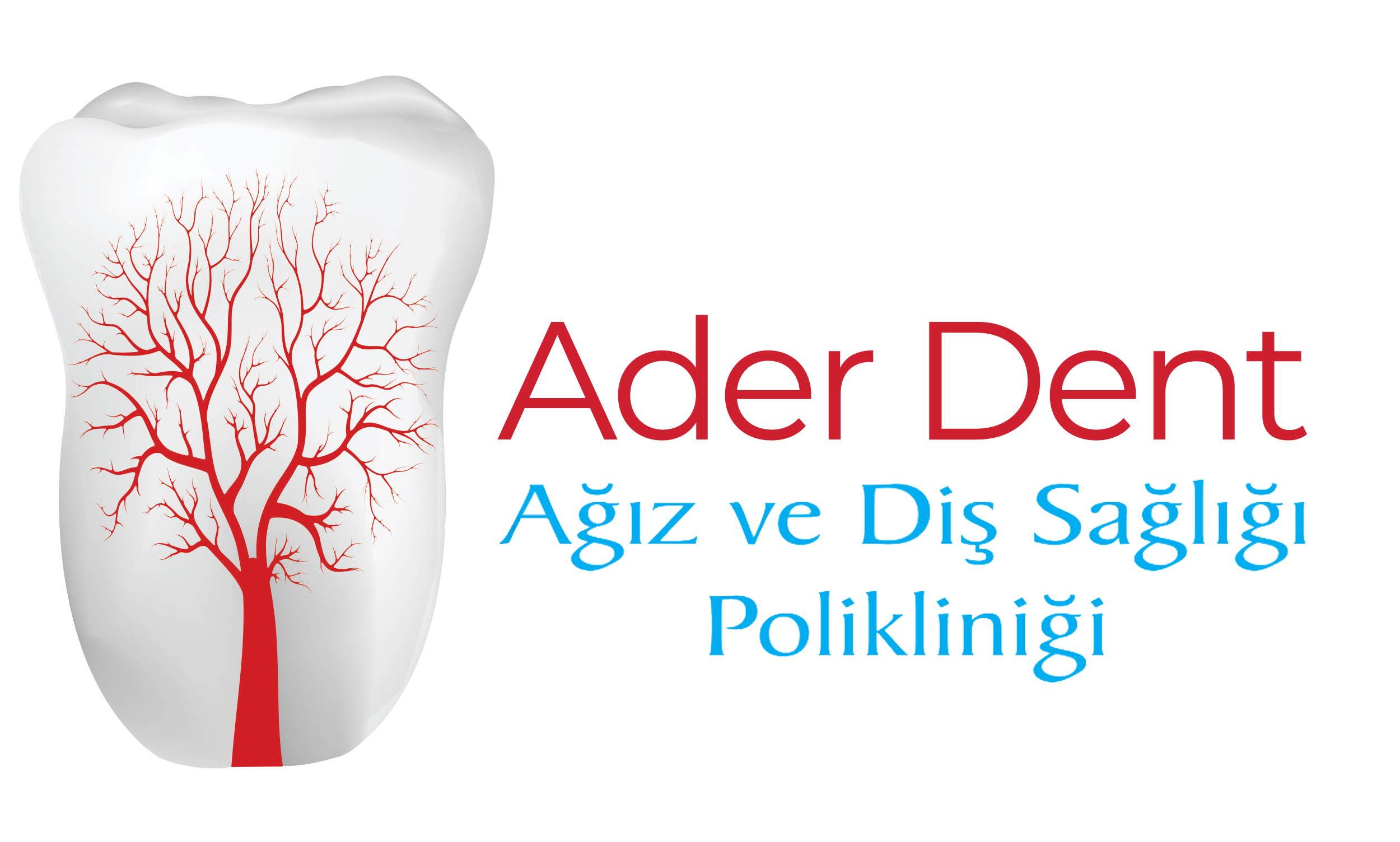
 TR
TR
